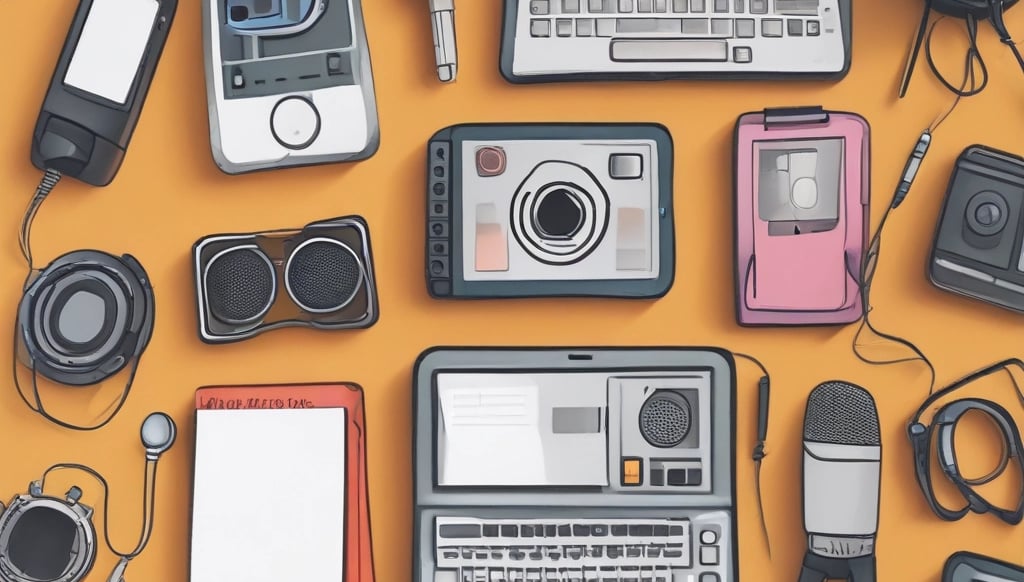What’s in My Workflow Toolkit?
The essentials for getting things done.
Jarvis Ross
7/21/20252 min read
Behind every good podcast is a carefully chosen set of gear that brings the vision to life—clean audio, crisp video, and smooth workflows. For me, building a reliable in-studio setup was a non-negotiable. I lean heavily on my Panasonic Lumix Camera for quality visuals and a pair of iPhone 15s for different angles and quick shots. Audio is king, though, and the Rode Audio System paired with a Rode PSA1+ arm ensures that my sound is clear, consistent, and professional. SanDisk SSD Drives make transferring and backing up content seamless, and I’d be remiss not to shout out the simple things that make a difference—like my GMV lighting kit for a bright and balanced setup and a clean white backdrop to keep attention on the subject. Together, these in-studio podcast tools give me peace of mind. They work when I need them to work, and that’s half the battle in content creation.
But not all interviews happen under perfect lighting or inside four walls. That’s where my out-of-studio setup shines. For mobile podcasts or on-the-go interviews, I rely on my iPhone 13 and the Comica Wireless Mic setup. The clarity these mics provide, even in outdoor or semi-chaotic environments, has helped me record clean audio in some unpredictable settings. A tripod keeps shots steady and hands free, giving me flexibility to focus on hosting and directing rather than fumbling with framing. I like to keep my gear minimal but effective when I’m out of the studio—lightweight, quick to set up, and durable. These tools allow me to stay consistent in my quality, no matter where I’m filming. Whether it’s capturing a spontaneous guest moment or producing a full field episode, this mobile kit lets me operate like a one-person crew while still delivering professional results.
When it comes to software, the essentials start with video editing. Descript has been my go-to for podcast edits—it simplifies transcription, cutdowns, and captioning all in one place. For more advanced visuals, DaVinci Resolve gives me the creative freedom to craft cinematic intros or tweak visual aesthetics. On the content creation side, Canva Pro is an absolute must-have. It’s how I make my thumbnails, Instagram stories, and all the quick visuals that support my content brand. I also use the Detail App for remote recordings and backups, and YouTube Studio is where everything comes together—from metadata to analytics and comments. All these tools make up a digital backbone that keeps my content flowing. Each one serves a specific role, but they work best in tandem when I need to hit upload with confidence.
Lastly, there’s the underrated but vital lineup: productivity and project management. This is where I stay organized behind the scenes. I use ClickUp to manage content calendars and to-do lists, and it’s helped me map out entire podcast seasons. In my workspace, I move between Google Workspace and Microsoft Office—Google Docs and Sheets for collaboration, Slides for presentations, and Forms for audience feedback. Excel is still my favorite for data logging and performance tracking, and PowerPoint and Word help polish deliverables for partnerships or outreach. For web management, I lean on Hostinger and ChatGPT Plus—two tools that help me brainstorm, write, and build faster. They’ve saved me time and added quality to both my site and my workflow. None of these tools are flashy on their own, but together they’re how I turn ideas into consistent, sharable content.
Here an extensive list of all the tools hyperlinked for you to use and access
Descript · CapCut · Hostinger · Google Workspace · Microsoft Office · ChatGPT · Canva · DaVinci Resolve

